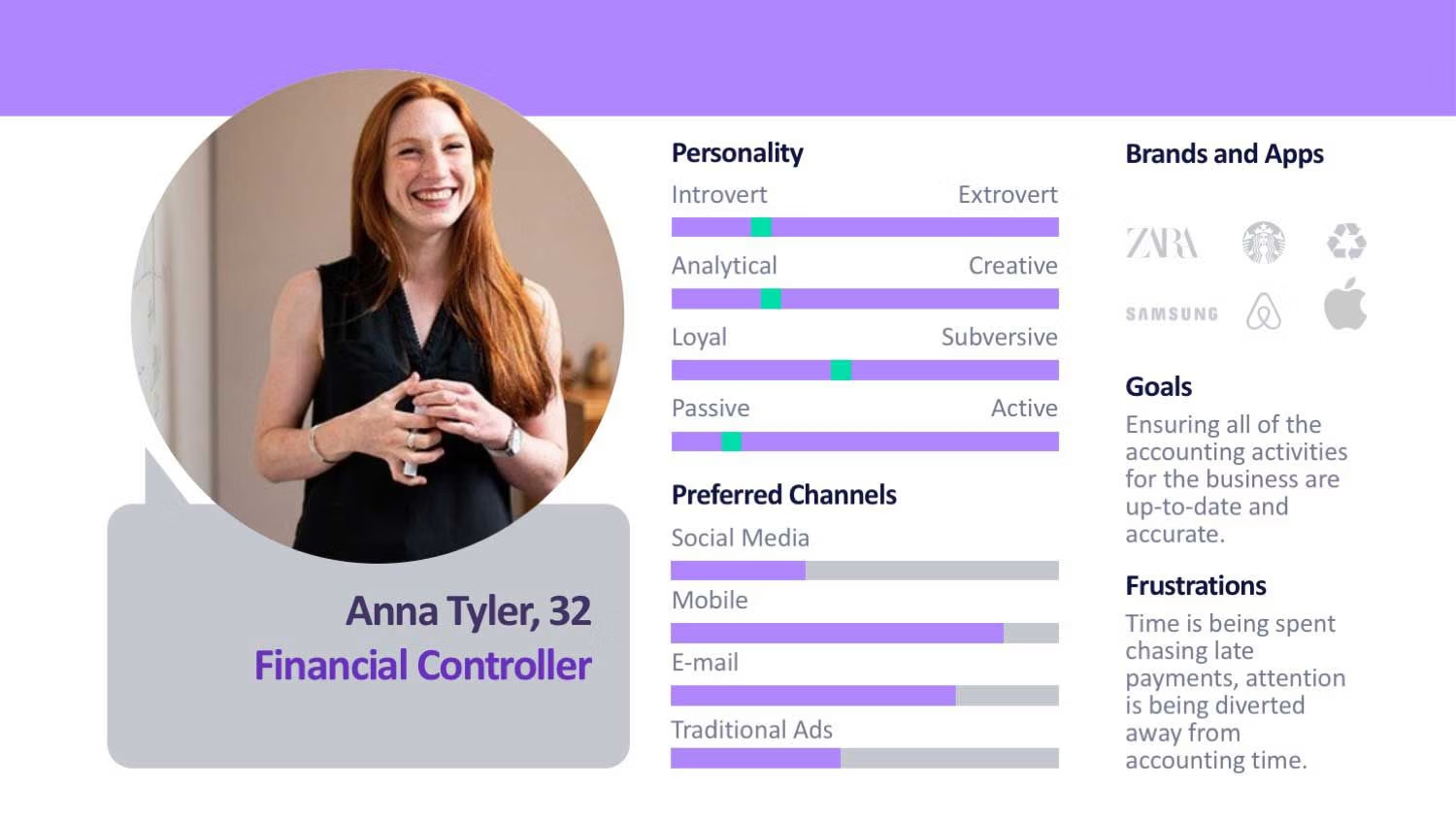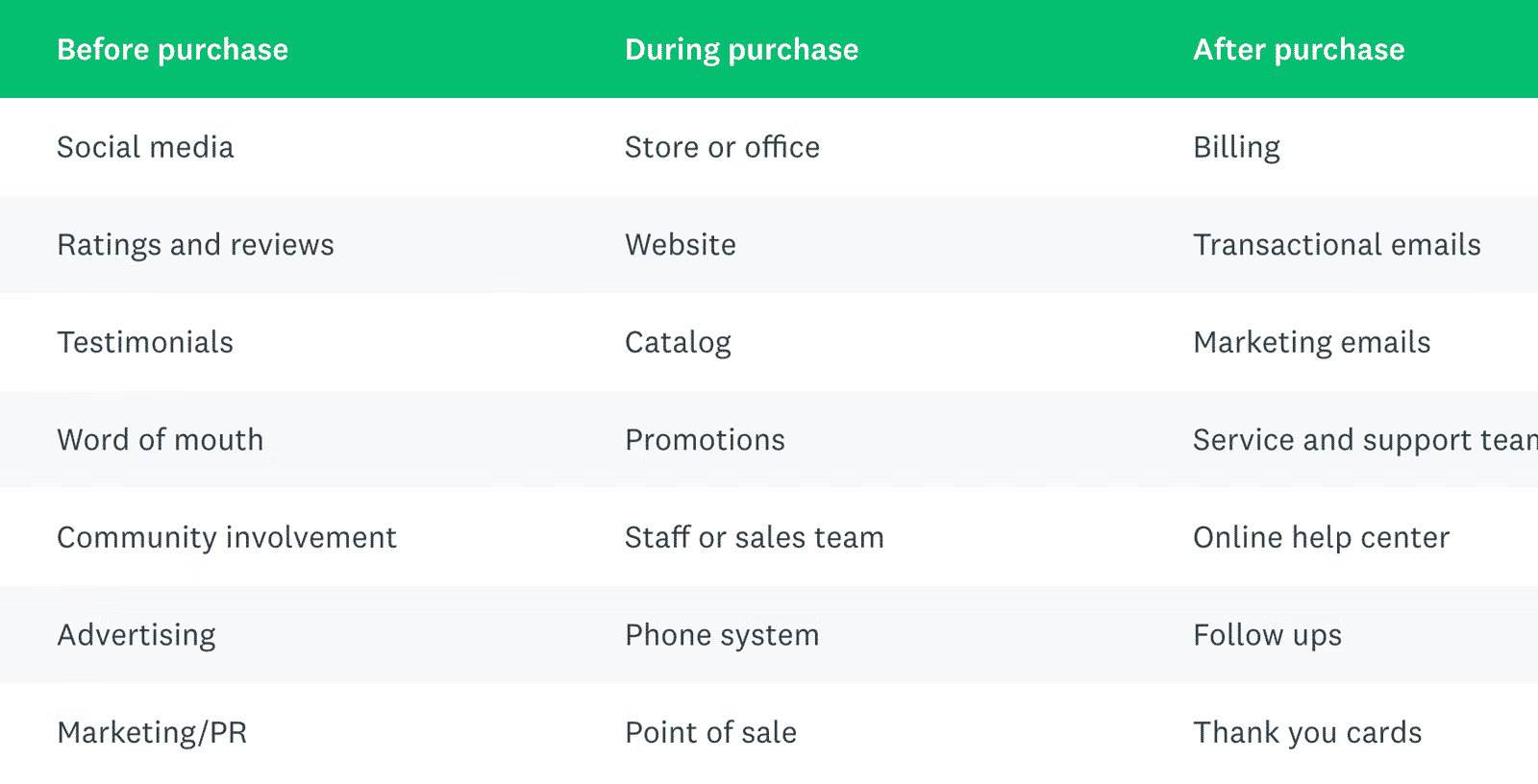Do You Know Your Customer’s Journey?
Updated November 2, 2021
8 min read

Understanding your customers’ journey is a key step to building a bigger and better business. Do you know why your customers come to your website? How did they find your brand? Or buy your products? What makes them do so? What makes them leave their carts empty or never actually purchase after browsing?
These are all crucial questions to understand how your business is perceived but your potential and current customers. To answer these questions, you need to take a walk through your customers’ journey.
Knowing and Understanding Your Customers’ Journey
A customer journey is a path that people take from start to finish, before ever being a full-fledged customer all the way to having a successful checkout. It is how a person moves through your brand and buys your product or service over and over again.
In marketing, it can be simple to only focus on maximizing your conversions or generating new leads. You may devote a lot of time and resources to trying to maximize such metrics. But the actual sales are only a small part of what makes up the customer journey. They are the final piece of a much larger puzzle. If you want to build a long-term sustainable business, you need to consistently practice being a front runner for the ‘digital shelf’ and the best way to do so is by truly understanding your customers and how they move through your business.
What is a digital shelf?
As we just mentioned above, your digital shelf is a vital part of your business. Much like a physical shelf that you may find in a store, a digital shelf is where and how a brand’s product is displayed online. This is where consumers will discover, analyze, and purchase products.
The digital shelf gives brands the opportunity to showcase their products, anything from the most popular to the latest and greatest. This is how they can communicate with their shoppers at the precise moment of their customer journey.
Recent studies show that more than 60% of shoppers are using smartphones and mobile devices to browse brick-and-mortar stores, and 69% said that they would rather read a review than ask a sales associate for help.
Your digital shelf is a large part of your customer journey, so you need to make sure that you are maximizing every inch of it. But more on that later.
Understand Your Customers’ Journey
Here is how you can get a better understanding of the customer journey for your brand. It is the complete sum of experiences that a customer will go through when interacting with your brand. Instead of just looking at one section of their journey, you need to see the big picture. Document the full experience of them so you can see where you need to improve.
Getting to know the customer journey isn’t about nurturing the customer experience. When a customer makes a purchase, they’re ready for the feeling of butterflies and anticipation of a great feeling when they make that purchase. This is the feeling of satisfaction or ‘high’ that people get when receiving what they want. It starts with the process of looking for a certain product or service, the process of purchasing it, and finally getting to enjoy what they bought. Customers will notice their experience, and the ease of the process (or hassle), even if you’re not consciously mapping out their experience.
In order to get a better sense of the customer journey, you will need to enter the customer mindset.
1. Create Your Buyer Persona
The journey that someone takes to become a customer is really on a case-by-case basis. As not every person is the same, neither are their purchasing habits. This all depends on what the individuals are trying to accomplish or what they are looking for to solve their problems. In order to really understand the path that people take to your products, take some time to understand the people who actually buy from you.
Regardless of your niche, there is probably a wide demographic of the type of people who buy from you and are valuable for you to reach. For each demographic that you encounter, you should create a buyer persona.
A buyer persona is a fictional representation of the type of person that represents a member of the core demographic you’re trying to reach. This can range from the small business owner to first-time parent, middle school teacher, to plumber. There is no limit. Give them a name, goals, problems, desires, and preferences. The more specific the better.
But don’t go too crazy. They should be realistic and informed by real insights of your customers. You can do so through a customer survey. The more your buyer persona accurately represents an actual customer and the people who buy your products, the better. It will help you understand even more of the customer journey.
Creating buyer personas, it gives you a great exercise to get in the heads of your customers and improve your marketing efforts even more. It also makes it easier to understand every step of the customer journey.
For example, your buyer persona can look like this:
 2. Identify Every Customer Touchpoint
2. Identify Every Customer Touchpoint
A customer touchpoint is every place where someone can interact with your business. It is where people encounter your brand or product at any step of their journey. If you want to understand how browsers become customers, then you need to take stock of every channel (online and offline) that they come in contact with your brand. The more detailed, the better.
 Keep in mind that not all touchpoints are properties or channels you control. This could be on different retailers’ product pages, review websites, influencers, or anyway people come into contact with your brand. These are all places where people discover your brand and shape how they think about your product.
Keep in mind that not all touchpoints are properties or channels you control. This could be on different retailers’ product pages, review websites, influencers, or anyway people come into contact with your brand. These are all places where people discover your brand and shape how they think about your product.Consider the role each touchpoint is best suited for the customer journey and the moments where potential customers and current customers are interacting with your brand, in any way.
These are the moments that take people one step closer to buying your product. For example, if someone has never heard of your brand before what are the first touchpoints that they first encounter? If someone were to classify your product what category would they put you in? If someone has bought from you before, what are the touchpoints where they would most likely interact with you again? Do your touchpoints relate to one another? What other touchpoints could these interactions lead to?
To make the most out of your interactions and touchpoints, make sure that each one leads to a good customer experience and that their journey delivers on your customers’ expectations.
3. Explore Purchase Barriers
At every stage of the customer journey, there are obstacles that stand between your customers and your products. Unfortunately, you can not remove these barriers or help your customers navigate past them if you don’t know what they are.
As you continue to define the stages of your customer journey and work through your customer journey, think about what someone needs to know before they can move to the next step. Essentially, do all the heavy lifting for your customers so they don’t have to think or jump through hoops to purchase your product.
For example, when a customer is about to make a purchase, brands will often try to capitalize on direct-to-consumer sales, so they may make it difficult for their website visitors to navigate to their preferred retailer. But, as a consumer yourself, there are many reasons why a consumer may prefer a specific retailer.
So, when retailer preferences are strong enough a customer will go over to Google or a retailer search engine website to find what they’re looking for, rather than buying directly from a brand. This exposes consumers to ads and other search results, and it will make it a lot more work to do what they want to do: buy your product. There may be some who would have bought your product but there were too many steps that needed to be taken so they gave up. They even may turn to the competitor because it was easier to reach their product.
So, include a where-to-buy solution on your customer journey map and make it remove almost any barriers to where your product may be sold. Make it as accessible as possible. Your potential customers can click a button to see all options, then make a selection and go directly to your page on their preferred retailer’s site to buy. Eliminate all guesswork.
Create Your Customer Journey Map
Let’s go old school and get out your pen and paper and map out a time timeline that lays out every single step of the customer experience. These steps, touchpoints, that we mentioned earlier are every step your customer takes to reach your brand. Whenever a customer comes in contact with your brand.
While customers interact with various touchpoints, such as your website, you can start to get a clearer picture of what your brand looks like in their eyes. How easy is it to buy your product or find your page online? Fully immerse yourself as one of your customers. Once you’re in the customer mindset, you can fully map out touchpoints. A few examples include:
- Social media reviews
- Your customer service team
- Follow-up customer surveys
- Your website
When analyzing each stage, take note of AMQ&O, actions, motivations, questions, and obstacles.
- Actions: after you have mapped out your customer journey and made your map, ask yourself what your customer is doing in each stage. Take notes of what they would like to see, or if there are too many steps to get to the next phase.
- Motivations: What is encouraging your customers to move to the next stage? Is there anything discouraging them from moving forward? Think about the emotions that they feel in each stage. What would make you move forward in the purchase process?
- Questions: Where do customers get stumped? Are they having a hard time finding answers to their questions? Is your FAQ page having a high number of website traffic? Sometimes uncertainties will lead your customers straight into the arms of your competitors. You can drastically improve the customer experience by addressing and dealing with concerns and questions before they become a bigger issue.
- Obstacles: What are the obstacles that are stopping your customers from completing a purchase? Is it a cost factor? Return policy? Anything that could lead your customer to give up and not complete the sales cycle should be adjusted so they can swiftly move to the final purchase phase.
Your Customers’ Journey
After you have gone through and taken a good hard look at your customer journey, see what needs to be adjusted and what is helping move your potential clients to full-fledged customers. Remember that by getting in the head of your buyer personas and understanding each step of their process you will be able to adjust your practices and see an increase in sales.
There is no stopping you now. Make sure that you are evaluating the happiness of your customers by sending out surveys and reviewing each touchpoint. To ensure that your surveys are getting delivered, clean your email lists with Emailable. There is no better software to guarantee a delivered email to your customers.